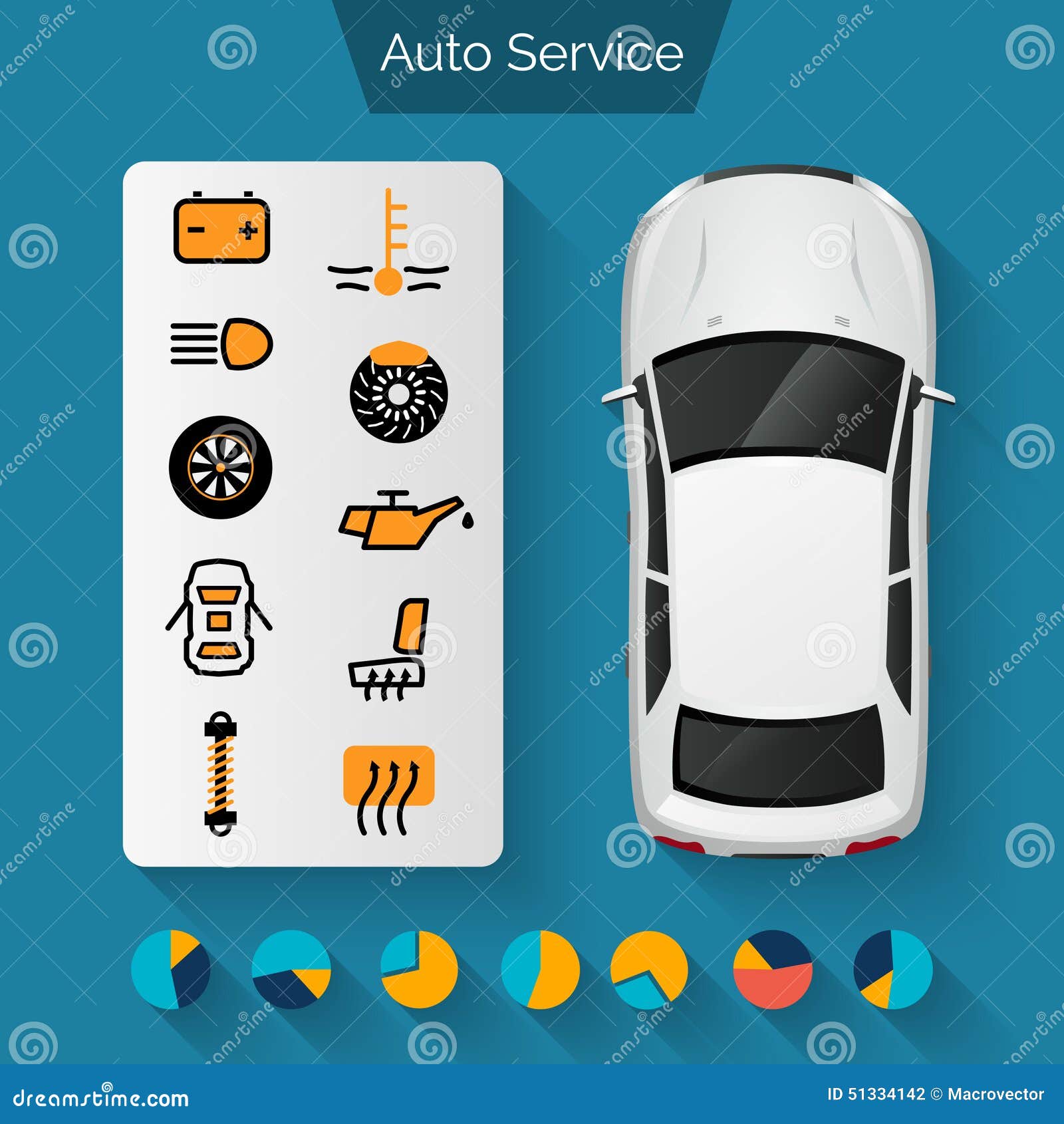Decoding Your Vehicle'S Caution Indicators: What They Really Represent
Decoding Your Vehicle'S Caution Indicators: What They Really Represent
Blog Article
Material Author-Sykes Corbett
When you're behind the wheel, those glowing warning lights on your control panel can be a bit perplexing. Do you recognize what they're attempting to inform you regarding your car's health and wellness? Comprehending the importance of these lights is essential for your security and the long life of your vehicle. So, the next time among those lights appears, wouldn't you wish to decipher its message accurately and take the required steps to address it?
Common Caution Lights and Interpretations
Determine typical caution lights in your automobile and comprehend their significances to ensure safe driving.
The most common caution lights consist of the check engine light, which signifies concerns with the engine or exhausts system. If detailers near me comes on, it's important to have your automobile inspected promptly.
The oil stress alerting light shows reduced oil pressure, needing prompt attention to prevent engine damages.
A blinking battery light might recommend a damaged charging system, potentially leaving you stranded otherwise dealt with.
The tire stress tracking system (TPMS) light notifies you to low tire stress, affecting car stability and fuel performance. Overlooking this could cause harmful driving conditions.
The abdominal light shows an issue with the anti-lock stopping system, compromising your capability to stop quickly in emergencies.
Finally, the coolant temperature advising light warns of engine overheating, which can cause extreme damage if not resolved quickly.
Recognizing these common warning lights will certainly assist you attend to issues immediately and maintain secure driving conditions.
Significance of Prompt Focus
Comprehending the usual caution lights in your automobile is just the first step; the importance of immediately dealing with these cautions can't be highlighted enough to guarantee your security on the road.
When a caution light illuminates on your dashboard, it's your car's means of communicating a prospective concern that needs attention. Disregarding these cautions can result in much more extreme troubles in the future, compromising your security and potentially costing you a lot more out of commission.
Trigger focus to cautioning lights can protect against break downs and accidents. As an example, a blinking check engine light could indicate a misfire that, if left ignored, could trigger damage to the catalytic converter. Resolving this quickly can conserve you from a costly repair work.
Likewise, a brake system warning light could signal low brake liquid or used brake pads, critical elements for your safety and security when driving.
Do It Yourself Troubleshooting Tips
If you discover a caution light on your control panel, there are a couple of do it yourself fixing suggestions you can try before looking for expert help.
The very first step is to consult your cars and truck's handbook to understand what the details caution light suggests. Often the concern can be as basic as a loosened gas cap triggering the check engine light. Tightening the gas cap might solve the trouble.
car paint polish near me is a low battery, which can activate different advising lights. Inspecting the battery connections for deterioration and ensuring they're safe and secure could fix the issue.
If a caution light continues, you can attempt resetting it by disconnecting the car's battery for a few minutes and afterwards reconnecting it. In addition, checking your lorry's fluid degrees, such as oil, coolant, and brake fluid, can assist fix cautioning lights related to these systems.
Final thought
To conclude, understanding your automobile's caution lights is crucial for maintaining your vehicle running smoothly and safely. By quickly dealing with these signals and understanding what they imply, you can avoid pricey repair services and possible breakdowns.
Bear in mind to consult your cars and truck's handbook for particular information on each advising light and act accordingly to make sure a trouble-free driving experience.
Stay notified, remain risk-free when driving!
